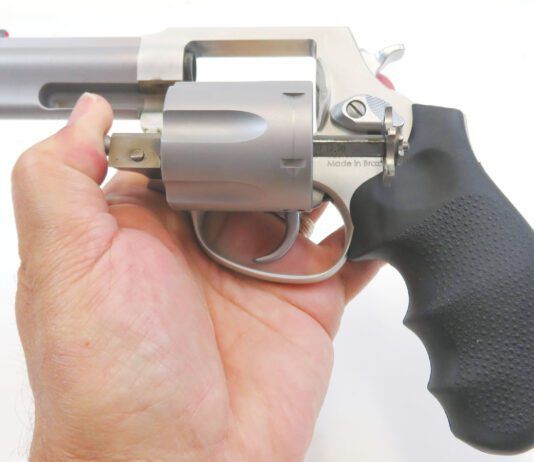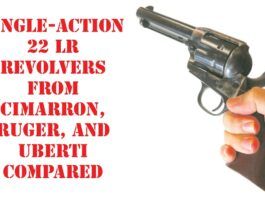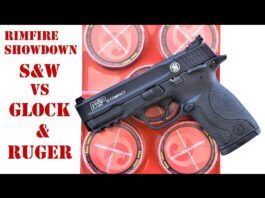Missouri Bill Offers Firearm Upgrades
…The bill also removes residency requirements for concealed carry permits. Under current law, residents must live in Missouri for six months before they can receive a permit. The new legislation waives the six month requirement for those who already possess a valid permit from another state.
S&W Stock Offering to Pay Down Debt
…The parent company of Smith & Wesson Corp. announced last week that it has priced a public offering of 6,250,000 shares of its common stock.
Measure Would Ban Guns in Toronto
The Toronto National Post reports that Toronto Mayor David Miller has announced a plan that would make all handguns illegal in Toronto, institute a series of measures that will effectively shut down gun ranges and make it all but impossible to manufacture, assemble or store firearms within city limits. The measures are contained in a report prepared by city staff that is to be presented to the executive committee next week. The report, 'City-Based Measures to…
Sig Sauer P250 Two-Tone 9mm
Big news at the Exeter, New Hampshire, plant not only includes a change of name from Sigarms to Sig Sauer, but also the release of a new pistol. The P250 featured a double-action system that raised the hammer smoothly in direct proportion to movement of the trigger. The stroke was long but the same length every time. Aside from the single-action 1911-style pistols, other Sig Sauer trigger systems are not as simple.
Some models feature a double-action first stroke with the hammer remaining cocked thereafter and the trigger resetting rearward in the trigger guard. Until manually decocked, subsequent shots are fired single-action only.
30th Annual NRA Bianchi Cup Goes to Doug Koenig
…Koenig narrowly beat four-time-winner Bruce Piatt 1918-185X to 1918-182X, respectively. Carl Bernosky took third with a score of 1918-176X.
AcuSport Debuts FFLGuard Service
…AcuSport’s customers are the first retailers to have been given an exclusive first-look at FFLGuard, a new legal service offered by The Chiafullo Group, LLP (“the Group”), a law firm based in New Jersey.
Gays and Guns
…A brief filed in the case, on which I offered some counsel, argues that the law is especially harmful to gay Americans. The brief joins a large coalition of groups, including the National Rifle Association, arguing for individual rights under the Second Amendment.
Ted Nugent Could Be The NRA’s Rambunctious New Charlton Heston
The LA Times recently speculated that rocker Ted Nugent is prepared to replace Charlton Heston as popular culture's most outspoken proponent of the 2nd Amendment.
Solicitor General Clement Says He Will Step Down; Opposed “Heller” Supreme Court Case as...
Gun activists were upset with him earlier this year because of a brief he filed in the Second Amendment challenge of the District's handgun ban.
USAMU’s Anti Qualfies for Prone Rifle, Snyder Callahan, Turner and Szarenski Qualify In Pistol...
Maj. Mike Anti of the U.S. Army Marksmanship Unit, Beki Snyder (Colorado Springs, Colo.), Libby Callahan (Columbia, S.C.), Jason Turner (Rochester, N.Y.) and Sgt. 1st Class Daryl Szarenski of the USAMU all qualified for spots on the 2008 U.S. Olympic team today at the 2008 U.S. Olympic Team Trials - Shooting (Smallbore). …
Concealed Weapons Now Allowed In Parks, On Public Transportation
Georgians with carry licenses can tote their concealed guns on public transportation, carry in restaurants that serve alcohol, and carry in state parks
NRA Members Put Oklahoma’s Boren On Board
District 2 U.S. Rep. Dan Boren, D-Muskogee, believes he will be able to do even more to help gun owners in eastern Oklahoma now that he’s been named to the National Rifle Association’s Board of Directors.






























